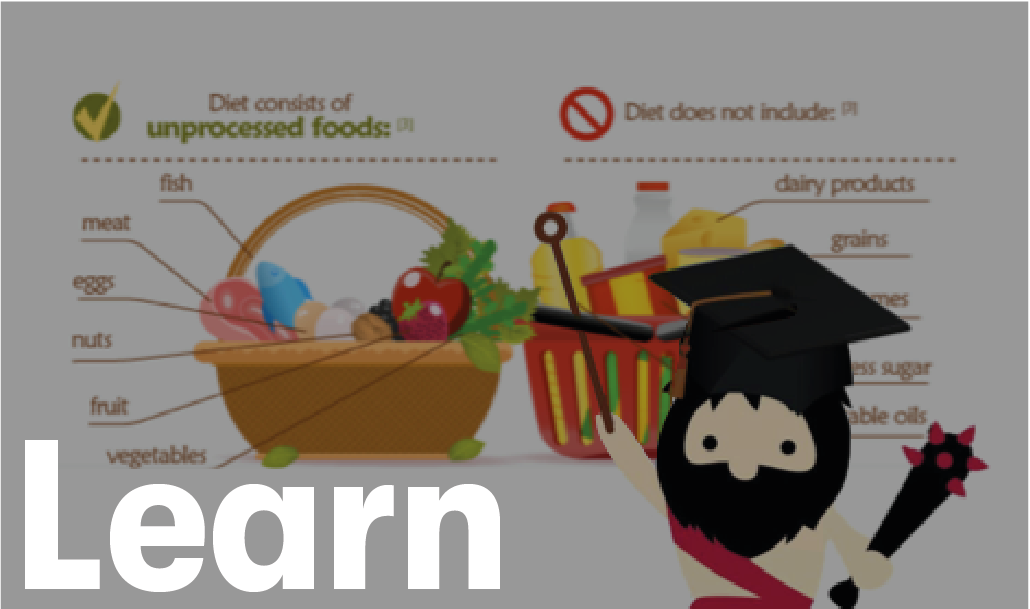What is Grass-Fed Ghee?
Do you usually cook your meat and fish in oil? Did you know there's a healthier and tastier way? It's called grass-fed ghee, and in the next 50 seconds I'll be explaining what ghee actually is and why it's beneficial to add to your diet.
Ghee is similar to clarified butter, which is produced by heating butter to remove milk solids and water. The remaining product is 100% butter fat, without any lactose or water. Comparing ghee vs. clarified butter: Ghee is simmered longer to bring out the butter’s intrinsic nutty flavor.
As a result of clearing out the milk solids, ghee has a higher smoking point than butter, meaning that it can be heated to a higher temperature before it starts to smoke.
When cooking at high temperatures (meat or fish), traditional oils and butter have a lower smoking point which when reached, can break down the oil into harmful compounds which are not healthy or even safe to consume.
Grass-fed Ghee smoking point is 252 Celsius compared to 204 Celsius for Canola oil or 177 Celsius for Coconut Oil. When cooking at high heat these temperatures can easily be reached especially if you're cooking a great pasture-fed ribeye steak at home. 
There's a common misconception that ghee has too much fat and should not be consumed. This is not true.
All cooking oils are 100% fat too (read the label on any of your bottled oils). It all depends on what type of fat you're consuming.
Ghee contains essential fatty acids such as Omega 3 and Omega 6, and rich in Vitamins A, D, E and K. It is one of the highest natural sources of CLA (conjugated linoleic acid), which is unique with grass-fed cow’s milk. Ghee is also a very stable oil to cook in making it one of the best choices for your heart. Most oils have been refined (chemicals added so they can withstand high heat) which can turn your oil harmful once you go over their heating limits.
If you pan-fry your meat or fish, grass-fed ghee is one of the safest and healthiest ways to cook your food. 

 Latest
Latest Newsletters
Newsletters Learn
Learn Recipes
Recipes Video
Video


